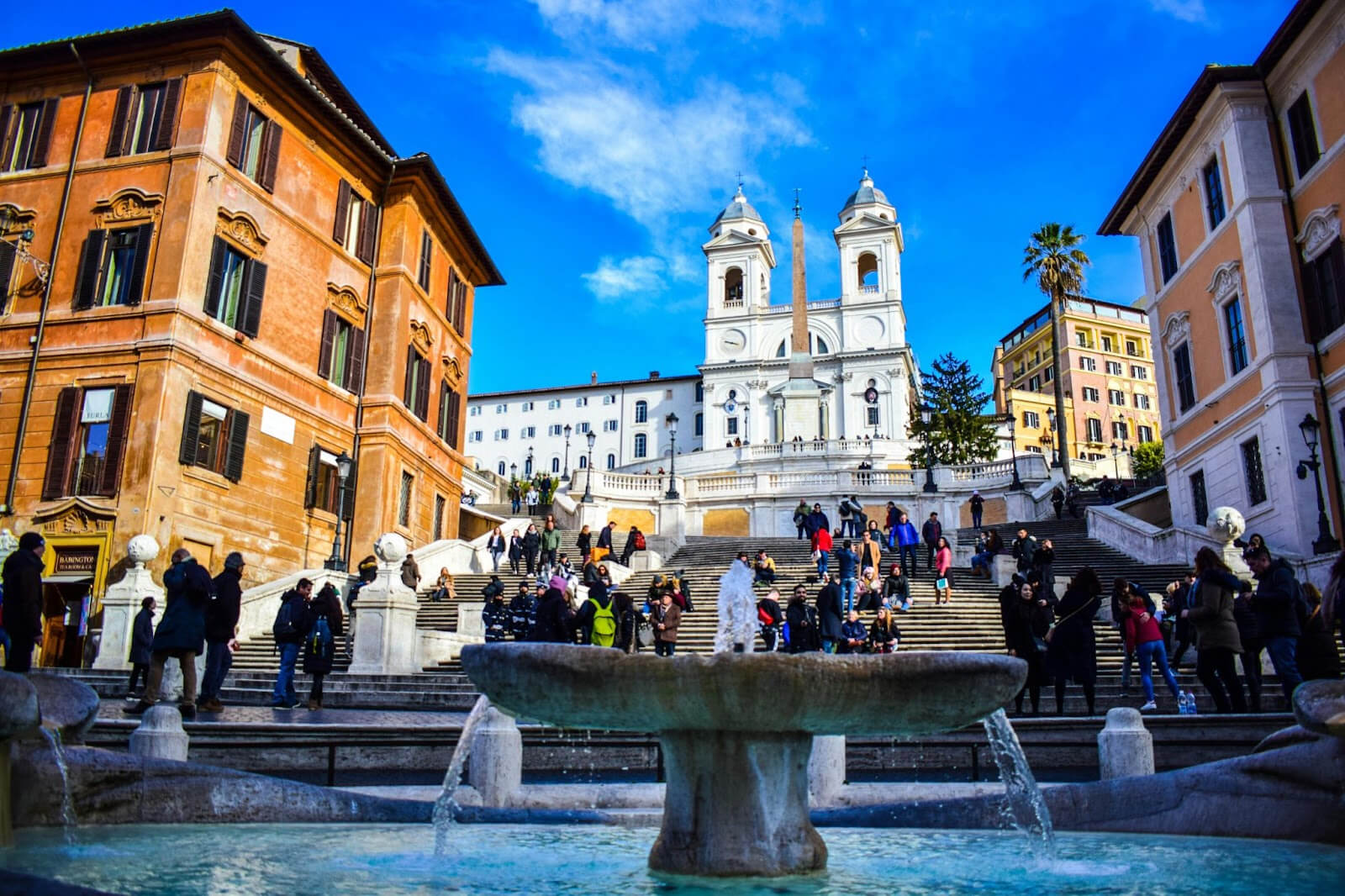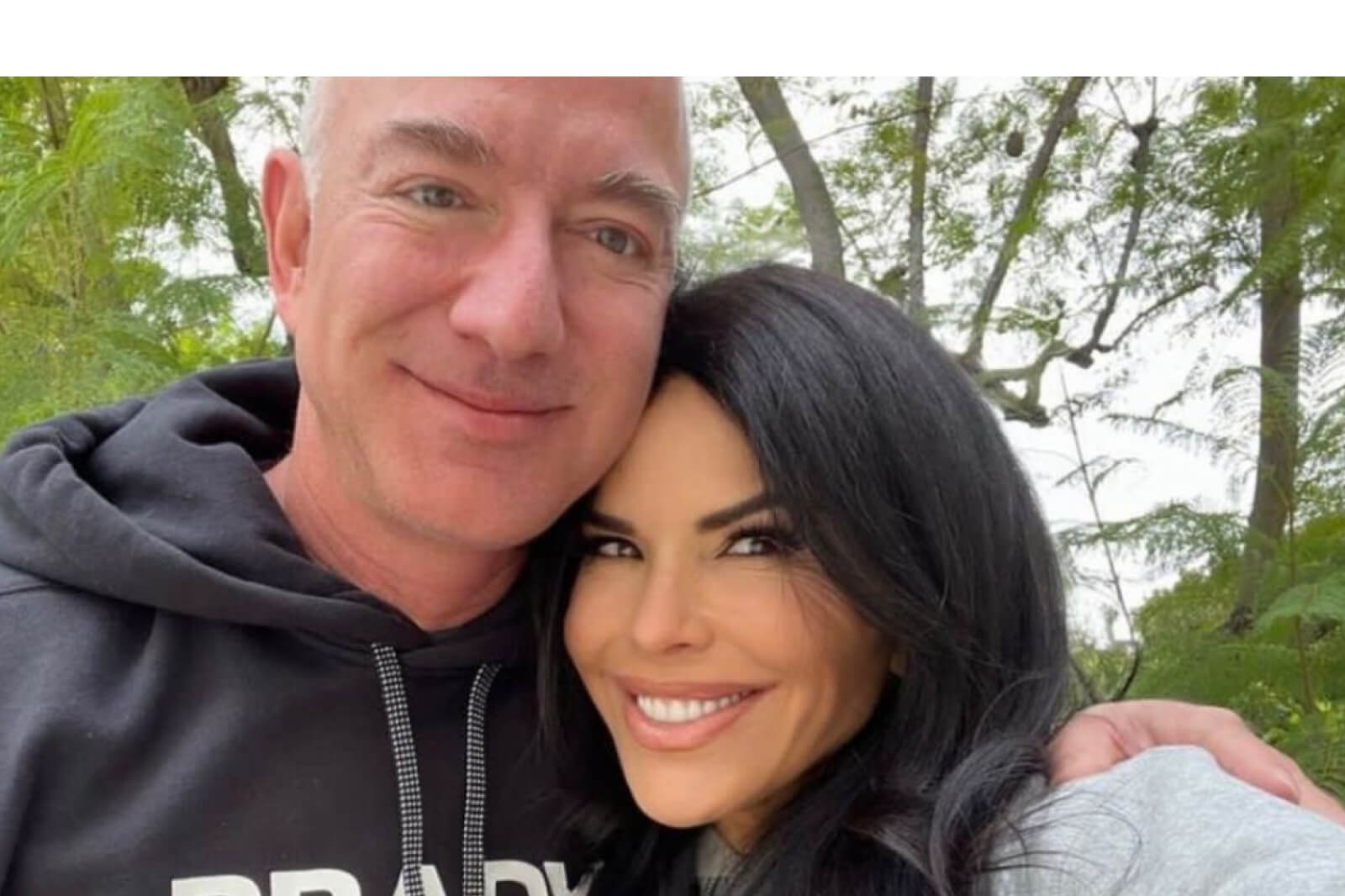5 Incredible Wildlife Encounters that You Can Have in NYC


New York City Isn’t generally thought of as a hub for nature lovers.
With more than 8 million people crammed into 300 square miles of concrete, asphalt, and steel, there isn’t a whole lot of room left for the natural world. Sure, there are some nice manicured green spaces, and you can always make a trip to the Bronx Zoo or the New York Aquarium if you want to see some nature in captivity, but apart from the pigeons, rats, cockroaches, and maybe some aggressive squirrels, you don’t necessarily expect to see a lot of wildlife thriving in the big apple.
But as Jeff Goldblum so wisely put it in Jurassic Park, “Life, uh, finds a way,” and that’s exactly what tons of amazing creatures have done in NYC. From coyotes to opossums to whitetail deer and three different species of bat, there are way too many wild animals finding ways to thrive in New York to list them all here, but these five offer some of the most amazing spectacles that locals and tourists are likely to see.
Peregrine Falcons Hunting
The peregrine falcon is widely known as the fastest animal on earth. But that title is a bit of a misnomer, since the peregrine falcon is only the fastest when its plunging through the air. In nature, peregrine falcons would usually nest on cliff sides and use that vantage point to launch into high-speed dives to pluck seabirds from the air. But in New York city, skyscrapers provide the same high ground for hunting a seemingly endless food source—pigeons.
In fact, the man-made cliffs and the abundant flying pests of new York City make such an ideal habitat that NYC is now home to likely the largest urban populations of peregrine falcons on earth, and if you’re lucky, you might just get the chance to see one hunting. Not much larger than pigeons themselves, they use their tremendous speed—in excess of 200 mph—to dive on their prey and intercept them mid-flight. And if you do get a chance to see such a spectacular sight, don’t forget to cheer them on.
Snapping Turtles Snapping
There are a surprising variety of turtles living in the ponds of Central Park. At least 12 different species have been identified breeding and thriving, despite many originating from different habitats. A lot of these turtles are descendants of abandoned pets, but the common snapping turtle is a true local to the region, and also the biggest of the bunch.
Commonly growing to over 30 pounds, the common snapping turtle—or Chelydra Serpentina—has been known to reach weights of 75 pounds in the wild. With massive jaws on snakelike necks, and leathery flesh marked with armored spikes, they look more like prehistoric monsters than the turtle your weird friend had as a pet growing up. Somehow that doesn’t stop brave (stupid) tourists from sticking out their hands to feed them, but you should probably avoid that yourself if you want to keep your fingers intact.
Monk Parakeets Making Themselves at Home
The Monk Parakeet is not a native New Yorker, but rather an immigrant success story. Originally found in the temperate and subtropical regions of South America, legend has it that a group of Monk Parakeets escaped from a crate at JFK in the 1960s, and made their way to the Midwood area of Brooklyn, where they’ve been thriving ever since.
Their plump plumage and the huge enclosed nests they build in Brooklyn trees help them survive when the weather turns cold, and in the spring and summer the neighborhood is criss-crossed by streaks of dazzling green swooping from tree to tree.
Leopard Slugs Mating
While not quite as impressive as the banana slugs of the Pacific Northwest, New York’s leopard slugs may shock you the first time you encounter one full grown. Growing up to eight inches long, they have a distinct spotted pattern that helps them blend in with tree bark, or with the sidewalk. Another invasive species, the leopard slugs are not quite as welcome an addition to the city as the parakeets—particularly if you’ve ever accidentally stepped on one after a rainy day.
They’re not generally thought of as beautiful creatures, but that’s because most people have never seen their incredible mating process. A slug will pick up on pheremones in another slugs slime trail, indicating that it’s ready to mate. The slug will follow the trail until it catches up, and the two will climb a tree, then dangle together from a branch, slowly spinning on a sticky slime thread, exposing their enormous, fluorescent blue genitalia, and wrapping them around each other in a floral spiral. It is one of the most surreal sights in the animal kingdom, and if you’re lucky, you might just see it happen in New York City.
Humpback Whales Breaching
Thanks to conservation and cleanup efforts, the waters around New York City are not the toxic sludge they once were. There’s still a long way to go, but already local marine life has been making a comeback. Along with the fish, clams, and the Staten Island Harbor Seals whose populations have been surging, this environmental progress has attracted some impressive visitors to New York City’s waters.
What used to be an almost unheard of sight has become increasingly common in recent years, with whales including massive humpbacks swimming up the Hudson River to feed, and putting on spectacular shows for anyone lucky enough to see them breach.
So, if you’re a nature lover in New York City, don’t let the concrete get you down. There’s plenty of amazing wildlife thriving even in the center of urban life.


